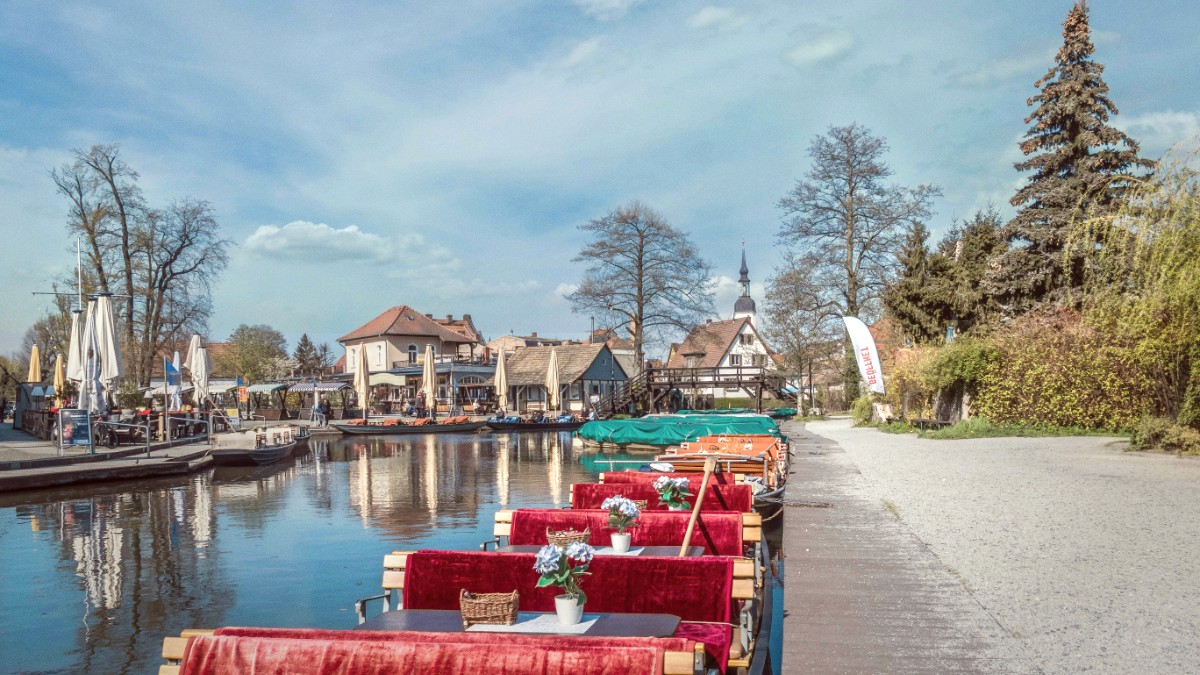
Germany
The region presents a tranquil contrast to Germany's bustling cities, inviting you to connect with nature and discover a culture with deep roots. The Spreewald asks you to explore its unique ecosystem, relax on its tranquil canals, and taste its famous pickled cucumbers. This area promises a memorable journey for those seeking peace, outdoor activity, and a glimpse into a distinct cultural heritage. Anticipate an adventure unlike any other in Germany.
The Spreewald is a remarkable lowlands region found in the state of Brandenburg, Germany. It lies about 100 kilometers (62 miles) southeast of Berlin, making it an accessible and popular day trip or weekend escape from the capital. The area's defining characteristic is its intricate network of natural and artificial waterways. These canals and streams crisscross the landscape, forming a natural inland delta of the Spree River. This complex system of "fließe" (Sorbian for waterways) measures over 970 kilometers (600 miles). It shapes the region's geography and defines its way of life.
Forests, meadows, and wetlands cover much of the Spreewald. This creates a rich and diverse ecosystem. The region's flat terrain permits the Spree River to branch into countless smaller arms, which locals have further developed over centuries. These efforts created the current labyrinthine water system. It became a very important part of the region's infrastructure, enabling the movement of people and goods. The canals themselves are not merely scenic. They serve as historic transportation routes for goods and people, even today for some local residents. This intertwining of human activity and natural processes makes the Spreewald a truly special place.
The history of the Spreewald is deeply connected to its unique geography and the people who settled here. For centuries, the region has been home to the Sorbs, a West Slavic minority ethnic group. Their distinct culture, language (Lower Sorbian), traditions, and architecture remain prominent throughout the Spreewald. The Sorbs have lived in harmony with the water landscape, using the canals for farming, forestry, and daily travel. Their unique way of life, adapted to the wetland environment, forms a significant part of the region's charm and heritage. You will see Sorbian cultural elements reflected in everything from traditional costumes to local festivals and bilingual road signs.
The canal system, while largely natural, underwent extensive modification and expansion through human activity over hundreds of years. Local inhabitants dug and maintained many of the smaller waterways to facilitate agriculture, drain land, and create paths for transportation. This human engineering turned the natural river delta into a highly efficient network. Before modern roads, these waterways were the main arteries of the Spreewald.
Centuries of Sorbian presence shaping culture and land.
Human activity expanding the natural waterway network.
Region's role in broader national history.
Recognition of ecological and cultural value.
Continued preservation of water-based lifestyle and traditions.
The UNESCO Biosphere Reserve designation, granted in 1991, highlights the area's significance. It recognizes the need for ecological preservation and the protection of its living cultural heritage. This designation acknowledges the symbiotic relationship between the environment and the Sorbian people, who have shaped and been shaped by the Spreewald for generations.
The traditional Spreewald houses, characterized by their unique wooden construction and often direct canal access, show the historical ingenuity and adaptation of the Sorbian people to their watery surroundings. They are a testament to living in harmony with nature.
The region also holds historical significance for its role in Prussian and German history. It served as a source of goods, especially timber and agricultural products, to nearby cities like Berlin. The integration into modern Germany brought new infrastructure, but the core water-based lifestyle and Sorbian traditions largely held on.
Visiting the Spreewald offers more than just scenic beauty; it presents a chance to experience a living history and a resilient culture.
To aid quick grasping of the Spreewald's essence, here is a brief overview:
Brandenburg, Germany, positioned southeast of Berlin.
A natural inland delta of the Spree River, with over 970 kilometers of canals.
A strong Sorbian cultural influence visible in traditions, language, and architecture.
The region is ideal for water-based exploration. Enjoy traditional punt boat tours (Kahnfahrten), paddle boats, or canoes. Land-based activities include cycling and hiking along well-maintained paths. Do not miss tasting the unique local pickles and other regional cuisine.